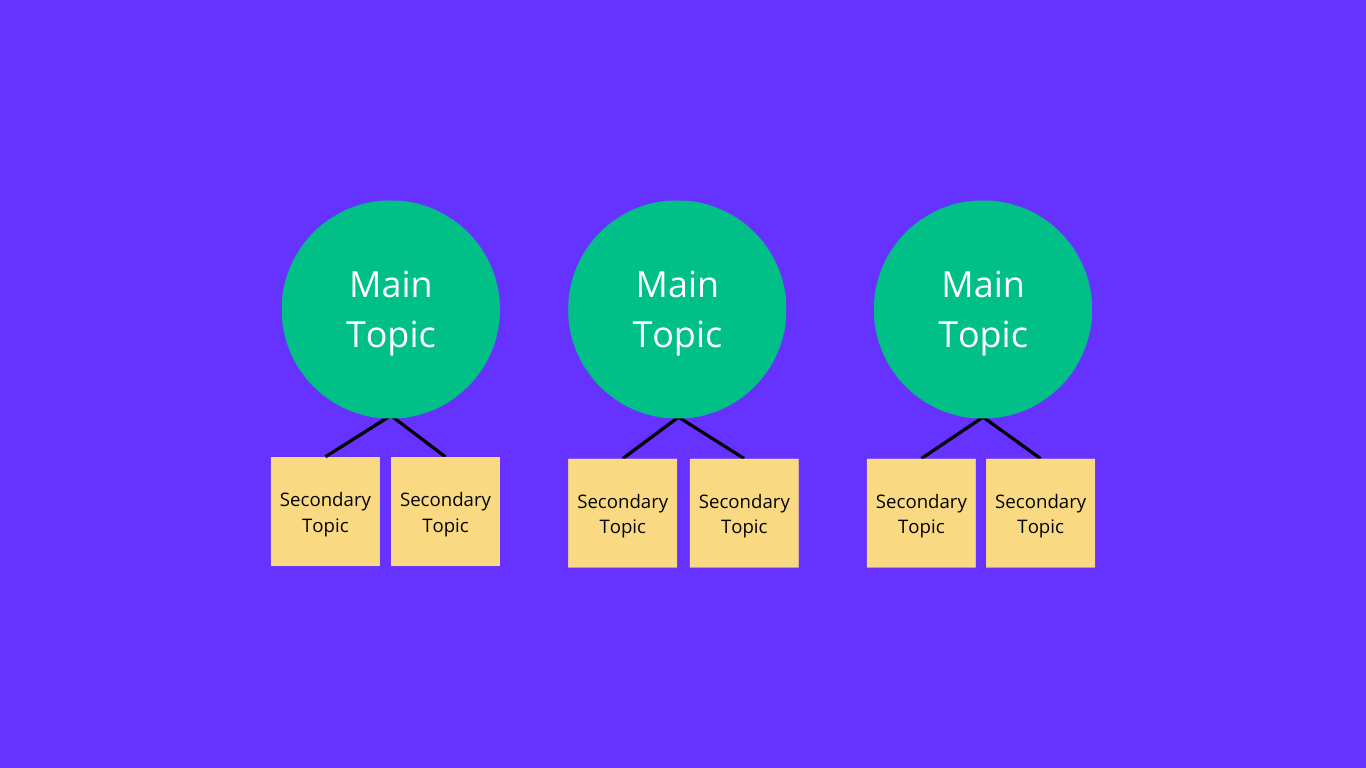In the dynamic world of content marketing, staying ahead of the curve and continually engaging your audience is crucial. One innovative approach that has gained momentum is the concept of content hubs. But what exactly are content hubs, and why should you consider integrating them into your content strategy? In this article, we’ll demystify the world of content hubs and explore their potential benefits.
A Little Into to Content Hubs
A content hub is a centralised platform or web page designed to house and organise a collection of content related to a specific topic, theme, or category. The key idea is to provide a one-stop destination for your audience to explore, learn, and engage with comprehensive content on a particular subject. Content hubs can take various forms, including:
- Resource Centres: Resource centres serve as repositories for educational content, such as guides, ebooks, and white papers. They are ideal for providing in-depth information and insights on a topic.
- Topic Clusters: A topic cluster is a collection of interlinked content pieces centred around a pillar page, typically a comprehensive guide or overview of a subject. This structure enhances SEO and content organisation.
- Product Knowledge Bases: Product-based content hubs focus on explaining and promoting your products or services. They often include product guides, FAQs, and user manuals.
- Content Libraries: Content libraries house a diverse range of content types, such as blog posts, articles, videos, infographics, and more. They are versatile and engaging.
The Benefits of Content Hubs
Now that we have a clear understanding of what content hubs are, let’s dive into the benefits they can offer to your content strategy:
- Enhanced User Experience: Content hubs create a user-friendly experience by presenting a cohesive collection of content on a specific topic. Visitors can easily navigate through different pieces, accessing the information they seek without the need to scour your entire website.
- Improved SEO: Search engines favour well-organised, topical content. Content hubs help with SEO by linking related content and providing a clear structure for search engine crawlers to understand the depth of your expertise on a particular subject.
- Authority and Credibility: Content hubs position you as an authority in your field. By curating a wealth of relevant content, you demonstrate your deep knowledge and commitment to addressing your audience’s needs. This builds trust and credibility.
- Time Efficiency: Content hubs save your audience time by offering a comprehensive resource. They can find all the information they need in one location, rather than visiting multiple pages or conducting numerous searches.
- Brand Cohesion: Content hubs contribute to brand cohesion by presenting a consistent message and design. This helps reinforce your brand’s identity and message to your audience.
- Versatility: Content hubs can cater to various content types. Whether you prefer long-form articles, video tutorials, infographics, or a mix of formats, you can tailor your content hub to suit your audience’s preferences.
- Increased Engagement: By presenting a breadth of content on a single topic, you encourage audience engagement and exploration. Visitors are more likely to spend time on your site, reducing bounce rates.
Building an Effective Content Hub
To create a successful content hub, follow these 6 key steps:
- Step 1. Select a Relevant Topic: Choose a topic or theme that aligns with your audience’s interests and your business objectives.
- Step 2. Create High-Quality Content: Develop informative, engaging, and valuable content pieces related to your chosen topic.
- Step 3. Structure the Hub: Organise your content hub with a clear hierarchy, making navigation intuitive for your audience.
- Step 4. Interlink Content: Link related pieces within the content hub to enhance SEO and guide visitors to more content.
- Step 5. Optimise for SEO: Ensure your content hub is well-optimised for search engines, including keywords and meta tags.
- Step 6. Promote Your Hub: Actively promote your content hub through your website, email marketing, and social media to maximise its visibility.
Overall, content hubs are a valuable addition to your content marketing strategy. They provide a user-friendly experience, boost SEO, and establish your brand as an authority in your field. By creating well-structured content hubs and regularly updating them, you can captivate your audience, enhance your brand’s credibility, and foster engagement, all while simplifying the content discovery process for your visitors.
Contact me today to learn how I can craft a tailored blog content strategy that drives traffic and boosts conversions for your website!



Comments are closed